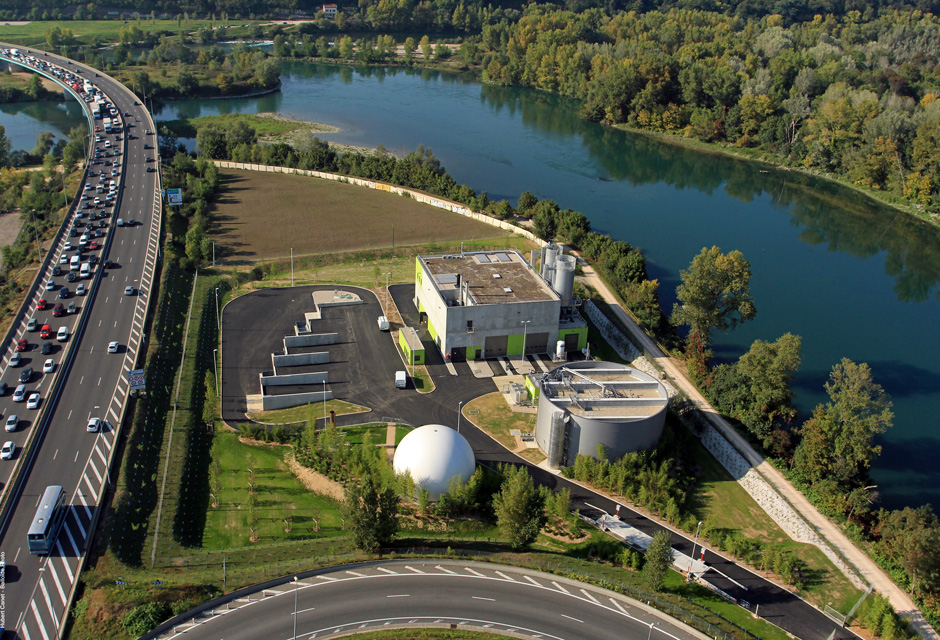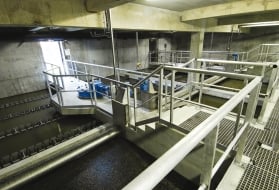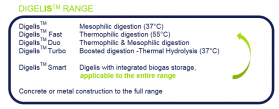La Feyssine wastewater treatment plant (France)

The urban wastewater treatment plant located at La Feyssine (Lyon) treats 300,000 PE of wastewater, i.e. 91,000 m3 of wastewater per day.
Built by the SUEZ-GFC-SDEI-Patriarche & Co consortium and commissioned in 2011, the plant enabled the load at the Saint-Fons wastewater plant to be reduced and the performance of Lyon's urban water cycle to be improved.
wastewater and odour treatment
Wastewater is treated using the "free culture" process and then discharged into the River Rhone, in compliance with European standards.The wastewater collected is transferred to rectangular SEDIPAC 3D tanks where grit and grease are removed and primary settling of sludge is ensured without using reagents or recirculation.
The pre-treated water is then sent to the 3 biological treatment lines in order to ensure the removal of carbonated pollution through oxygenation and the removal of nitrogen pollution through nitrification/denitrification processes.
The heat from wastewater is recovered and used to cool and heat the premises of the wastewater treatment plant. Part of the treated water can be used to clean the premises, the sweeper bay and hosing down of the car parks.
The objective of sludge treatment is to reduce its volume and to recover its energy by producing biogas.
Primary sludge is thickened in a thickening tank and then sent to a digester. Biological sludge is thickened by centrifuge. Digested primary sludge and thickened biological sludge are then homogenised and dewatered so as to achieve 25% dry content. Final sludge treatment consists in drying in order to obtain a dry content of 90%. Once dried, sludge can be sent to temporary storage and can be used as fuel in cement kilns.
Trapping odours at source and the presence of two specific deodourising units guarantee a total absence of olfactory nuisances.



an eco-efficient plant
Particular attention is paid to reduce to a minimum olfactory nuisances and noise pollution (closed and deodorised buildings) whilst conserving fauna and flora through the introduction of local plant species and the planting of grasses allowing diverse pollination to take place.
Designed as a model of landscape integration, this wastewater treatment plant benefits from a soft and harmonious architecture, natural materials (wood and pebbles), a significant presence of plants and a landscaped car park. Photovoltaic panels integrated in the buildings produce energy sold to EDF, the earnings of which are totally handed over to the town of Lyon.
Bookmark tool
Click on the bookmark tool, highlight the last read paragraph to continue your reading later












